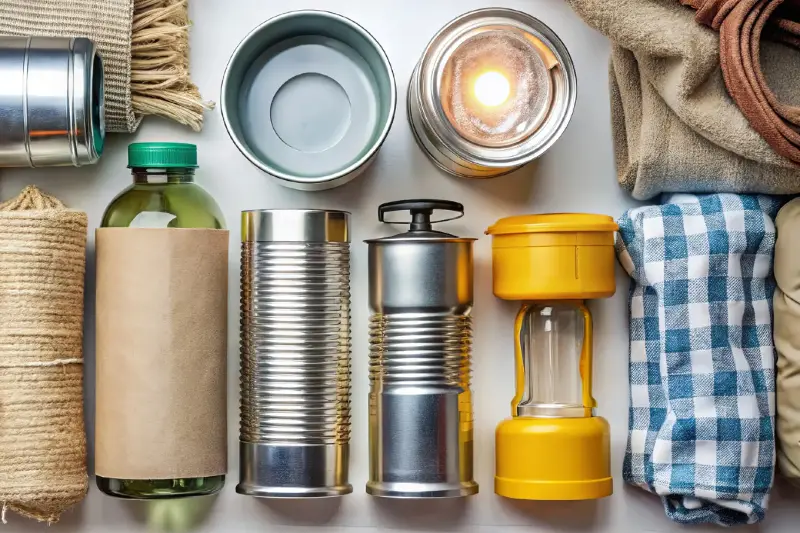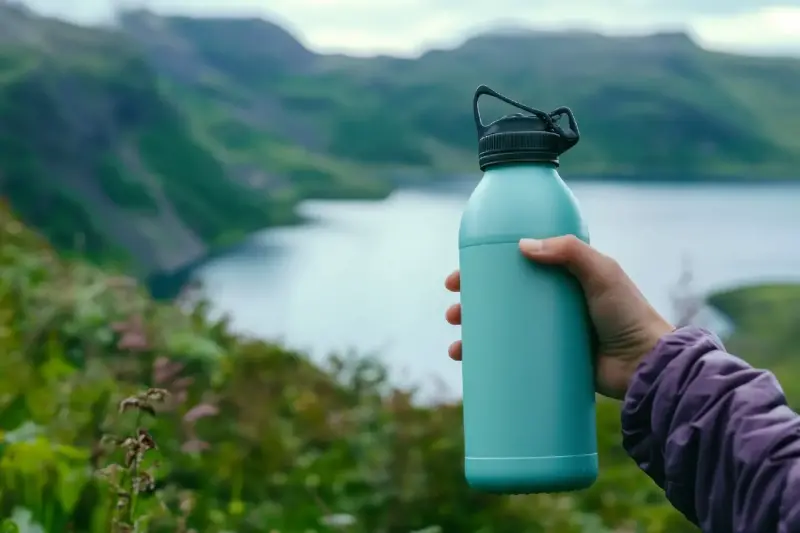
if you’re an outdoor adventure enthusiast, you know the thrill of hitting the trails, pitching a tent miles from civilization, or paddling down a serene river. but in the spirit of preserving these wild places, the gear you take along matters just as much as your sense of adventure. making eco-friendly choices doesn’t mean sacrificing durability or comfort; in fact, today’s eco travel gear is often more robust, innovative, and stylish than ever. here’s a look at how sustainable travel gear is changing the way we explore the world—and a few standout products that can take a beating while treating the earth gently.
the rise of sustainable materials
sustainable travel gear starts with sustainable materials. recycled plastics, repurposed ocean waste, responsibly sourced wool, and bamboo fibers are leading the charge. why? because these materials not only reduce landfill waste and plastic pollution, but when engineered properly, they can outlast traditional fabrics.
one impressive innovation is recycled nylon and polyester, often sourced from plastic bottles or discarded fishing nets. many outdoor brands, like patagonia, the north face, and tentree, now offer backpacks, rain jackets, and outdoor clothing made from high percentages of recycled content. these products are as tear-resistant and waterproof as their conventional counterparts, but with a fraction of the environmental impact.
cork is making a comeback, too. naturally water-resistant, light, and durable, cork is now being used in everything from running shoes to sleeping pads. brands like sola and vaer offer watches and accessories with cork bands or faces, ensuring tough gear that leaves a light footprint.
green tech in outdoor gadgets
the rise in portable solar panels and chargers makes it easier than ever to stay powered up in the wild without draining the planet. compact systems like those from goal zero and anker offer foldable, scratch-resistant panels that can power up smartphones, cameras, gps devices, and even small lanterns. these solar chargers are rugged—built to handle drops, rain, and intense heat, all without the need for disposable batteries or fossil fuel-powered generators.
another standout is the hand-crank flashlight. simple but effective, brands like egear and running snail offer crank-powered flashlights and radios that require no batteries at all. they’re shock-proof, waterproof, and perfect for emergencies or extended backcountry trips.
responsible water solutions
access to clean water is non-negotiable for outdoor travel, but instead of relying on endless disposable bottles, adventurers are switching to robust, reusable solutions. stainless steel and titanium water bottles from brands like klean kanteen, hydro flask, and lifestraw are designed to take a beating—dents, drops, and all—while keeping your water cool and fresh. the real innovation comes in integrated water purification: the lifestraw go, for example, has a built-in filter that lets you drink securely from almost any stream or lake, removing bacteria and parasites with no plastic waste.
ultra-durable, reusable water pouches are another smart pick. pocket-sized when empty, models from platypus and hydrapak can be rolled, crushed, and frozen, but still spring back into shape for hundreds of uses.
eco-friendly sleeping gear
a good night’s sleep can make or break an adventure, and sustainable design is transforming camping comfort. sleeping pads and bags insulated with recycled materials—such as primaloft’s bio line or thermarest’s upcycle pads—offer the same warmth and packability as traditional models, but are built to last years of rugged use. brands like nemo and marmot produce bags that use rds-certified down, ensuring animal welfare and responsible sourcing alongside durability.
as for tents, several companies are leaning into eco-friendly construction. big agnes and vaude craft tents from recycled polyester or use solution-dyed fabrics requiring less water and chemicals. these tents are UV-resistant, quick to pitch, and engineered for tough weather, so your gear investment survives way beyond a single season.
socially responsible footwear
adventuring means moving, and your shoes might be the hardest-working gear you own. eco-conscious brands like allbirds, merrell, and keen have rewritten the rulebook by making hiking boots and trail runners from recycled plastics, merino wool, eucalyptus fiber, and natural rubber soles. these shoes are designed for comfort and long-term durability—meaning fewer replacements end up in landfills.
keen’s cnx collection, for example, features lighter, tough-as-nails soles made from recycled materials. merrell’s moab collection uses recycled laces, linings, and EVA foam, and still routinely ranks among the most reliable shoes for hiking rough terrain.
pack smarter, leave less behind

no roundup is complete without mentioning reusable carry-ware and zero-waste utensils. collapsible silicone bowls, bamboo cutlery sets, and stainless steel straws from companies like sea to summit or to-go ware can handle hundreds of meals and harsh weather. for packing up, look for duffels, dry bags, and backpacks designed with recycled fibers and reinforced stitching—such as those from osprey and topo designs.
when it comes to soap, opt for biodegradable, concentrated products in refillable containers, like dr. bronner’s or sea to summit’s wilderness wash. these are tough on grime, easy on the planet, and handy for dishes, laundry, or yourself.
tips for making your eco gear last
even the toughest gear needs a little care to maximize its life—and minimize waste. rinse tents, jackets, and sleeping bags with fresh water after a trip. air dry everything before storing, and repair small snags or tears with patch kits instead of tossing them out. most brands offer thorough guides, or even lifetime repair services, to keep their products in the wild and out of the landfill.
why it matters
choosing sustainable gear isn’t just a personal choice; it sets an example for others and helps protect the wild places we love to explore. with today’s technology and design innovation, eco gear isn’t just an afterthought—it’s often the best, toughest gear out there. so next time you plan an adventure, remember that your boots, bags, and bottles can be as kind to the planet as they are tough on the trail.
